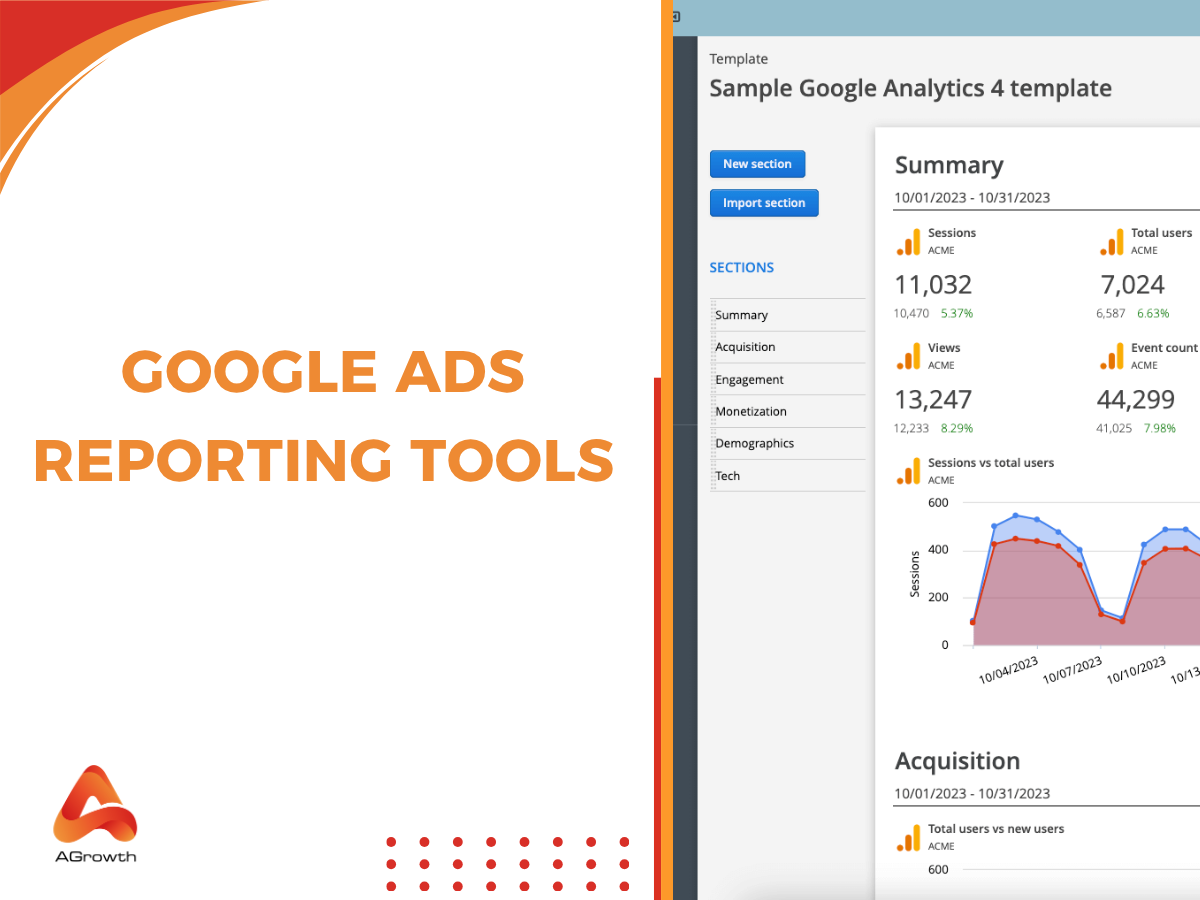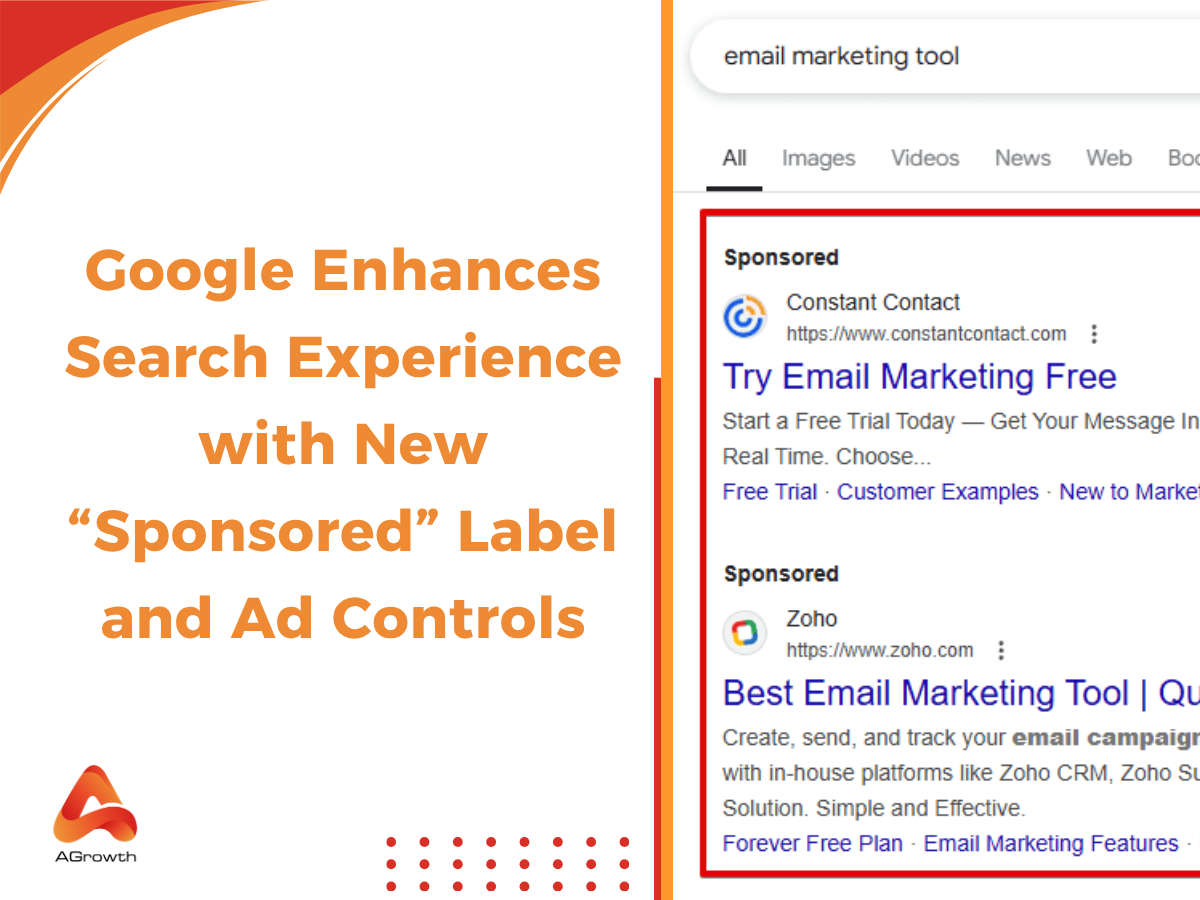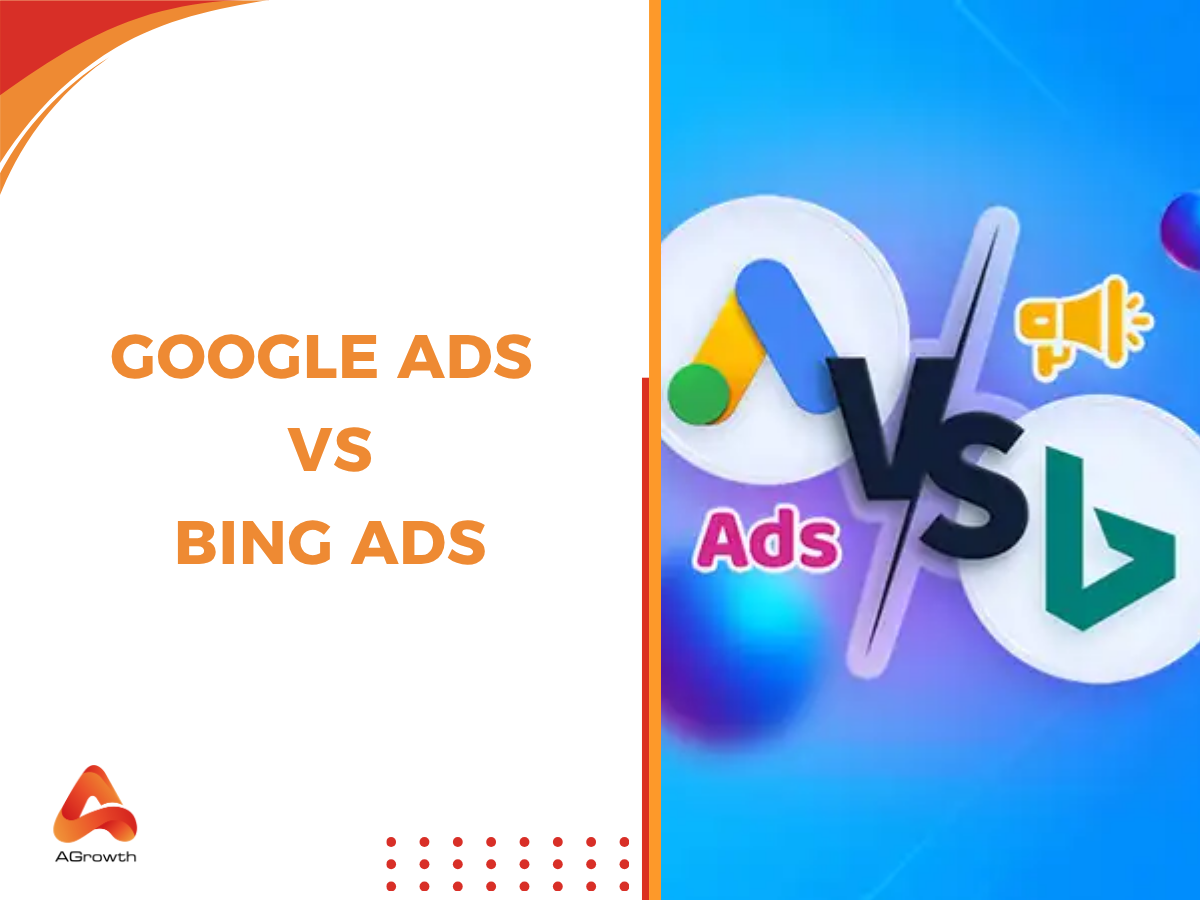
Table of Contents
Google Ads Destination Requirements: Ensure Your Landing Pages Comply
As a seasoned advertiser, you know that a compelling ad is only half the battle. The user's journey after the click is where conversions happen—or don't. This post-click experience is governed by a critical, and often misunderstood, set of rules: the Google Ads Destination Requirements. Violating them doesn't just lower your Quality Score; it can bring your campaigns to a dead halt with ad disapprovals.
This comprehensive guide will deconstruct the Google Ads Destination Requirements, moving beyond the basics to explore the nuances that trip up even experienced marketers. We'll cover everything from technical crawlability and URL structure to the latest 2025 policy updates on phone number verification, providing you with a strategic framework to ensure your landing pages are always compliant, effective, and ready to convert.
Introduction to Google Ads Destination
Destination requirements refer to the minimum standards your landing page or app must meet for your ad to be approved. Google wants to ensure that when a user clicks an ad, they’re taken to a safe, functional, transparent, and relevant experience.
According to Google Ads Policy Help, Google Ads can be disapproved if:
-
The destination is non-functional (broken links, server errors).
-
The landing page offers a misleading or harmful experience.
-
The content is not accessible in the targeted region.
This policy ensures that users have a trustworthy journey from ad click to conversion, aligning with Google’s broader Advertising Policies.
See our in-depth breakdown of Google Ads Policy for the bigger compliance picture.

Key Reasons for Google Ad Destination Disapprovals
Understanding why destinations get disapproved is the first step toward preventing it. Google’s automated and manual review systems are looking for specific red flags that signal a poor or deceptive user experience. Let's break down the most common reasons for disapproval, as outlined in Google's policy documentation.
Destination Not Working
This is one of the most straightforward and common reasons for disapproval. If a user or the Googlebot can't load your page, the ad cannot run.
This includes dead links leading to 404 Not Found errors, server-side issues causing 5xx errors (e.g., 500 Internal Server Error), or permission problems resulting in 403 Forbidden errors. Pages that display "Site Under Construction" or "Coming Soon" messages are also considered non-functional.

Destination Mismatch
The principle of transparency is paramount here. The user should have a clear idea of where they are going before they click.
The most frequent violation is when the domain of your display URL (the green URL shown in the ad) does not match the domain of your final URL.
For example, showing www.mybrand.com but sending the user to www.different-site.com is a clear violation. Off-domain redirects within tracking templates that change the final landing domain are also disallowed.
Destination Not Crawlable
Google needs to be able to "see" your landing page to verify its content and compliance. If the Google AdsBot is blocked, your ad will be disapproved.
The most common culprit is a misconfigured robots.txt file that contains a Disallow: directive for the Googlebot or AdsBot user agents.
Other causes can include server capacity issues that prevent the crawler from accessing the site in a timely manner or require logins/passwords to view the main content.
Destination Not Accessible
Your ad's destination must be consistently available to users in the geographic locations you are targeting.
Geo-blocking is a primary offender. If your ad targets Canada, but your server blocks traffic from Canadian IP addresses, the destination will be deemed inaccessible.
Similarly, pages that are down for maintenance or only function on specific devices or browsers can also trigger this disapproval.
Destination Experience
Intrusive pop-ups that obscure content, auto-playing videos with sound, ads that take up more than 30% of the screen on mobile, and forced downloads of files or software are all major violations.
Abusive experiences, such as pages that try to trick users into clicking ads or contain malicious scripts, are also strictly prohibited. The destination should not contain content that could be considered sensitive or shocking without user consent.
Insufficient Original Content
Google wants to send users to destinations that provide unique value. Pages that are thin on content, unoriginal, or designed solely to funnel traffic elsewhere will be disapproved.
This includes "doorway pages" created only to rank for specific keywords and redirect users, affiliate pages with no original content beyond duplicated product descriptions, and websites that are primarily ads with little to no unique substance. Scraped or auto-generated content falls squarely into this category.
App or Web Store Policy Violations
If your destination is an app listing in a store like Google Play, that listing itself must comply with the store's policies.
-
Common Causes: An ad can be disapproved if the linked app has been suspended from the store for policy violations, such as containing malware, engaging in deceptive behavior, or infringing on intellectual property.
-
Pro Tip: Ensure your app and its store listing are fully compliant with the respective store's developer policies before running ads that point to it.
Unacceptable or Unverified Phone Number
Using an inaccurate or irrelevant phone number, a number that is not local to the targeted country (in most cases), a premium-rate number (e.g., 1-900 numbers), a fax number, or a vanity number that doesn't resolve to a real, verified business line can all lead to disapproval. The primary issue moving forward will be a lack of verification.
What Are Google Ads Destination Requirements?
Google divides destination requirements into several key areas. Each has its own set of checks that advertisers must meet. Let’s break them down.
1. Accessibility and Functionality
Before anything else, your landing page must work. If a user clicks your ad but can’t access your site, Google flags it.
Examples of violations:
-
Pages that return a 404 error or “site not found.”
-
Redirect loops prevent users from reaching the intended content.
-
Landing pages blocked by robots.txt or restricted by IP/geolocation.
-
Sites under construction or requiring a login without prior notice.
Tie this to our guide on Google Ads Restricted Content, since blocked or unavailable pages often overlap with restricted categories.
2. Transparency and Honest Representation
Users must clearly understand who they’re dealing with, what’s being offered, and how their information will be used. Lack of transparency is one of the most common reasons for disapproval.
Google expects advertisers to:
-
Display business information (name, contact details, policies).
-
Disclose pricing, fees, and recurring charges.
-
Provide accessible terms & conditions and privacy policies.
Real-world example: A SaaS company running ads that link to a signup page but failing to mention that it’s a paid trial instead of free. This misrepresentation could trigger disapproval.
3. Original and Useful Content
Thin or duplicate content is a red flag. Google does not want users to land on pages with copied material, doorway pages, or “bridge pages” that add no unique value.
Violations include:
-
Affiliate sites that redirect users without adding insights.
-
Landing pages stuffed with keywords but no real content.
-
Doorway pages are designed only to funnel users elsewhere.
Writing clear and persuasive ad copy is just as critical as landing page compliance. Learn best practices in our detailed guide to Google Ads Copywriting.
4. Secure and Safe User Experience
Trust and safety are critical. Landing pages must not contain malware, deceptive downloads, or intrusive experiences.
Key requirements:
-
HTTPS encryption (no outdated or insecure HTTP).
-
No malware, phishing attempts, or harmful software.
-
Avoiding excessive pop-ups or misleading buttons that prevent normal navigation.
Google actively scans pages for suspicious scripts or unsafe downloads. Advertisers in industries like finance and tech need to be especially cautious.
5. Regional and Device Accessibility
Your ads may run globally, but if users in targeted regions cannot access your page, disapprovals follow. Similarly, a landing page that only works on desktop but not on mobile can cause issues.
-
Ensure your site is mobile-optimized.
-
Avoid region-based blocking unless required (e.g., licensing restrictions).
-
Use adaptive content that loads correctly across devices.
How to Fix and Appeal Destination Disapprovals
When disapprovals happen, don’t panic. Google provides clear steps for resolution.

Step 1: Review the Violation Details
Check the disapproval notice inside Google Ads. Identify whether the issue is functionality, transparency, content, or safety.
Step 2: Correct the Landing Page
Update your site to fix the problem. For example:
-
If it’s a 404 error, restore or redirect to a valid page.
-
If transparency is missing, add clear pricing or policy links.
-
If flagged for security, install SSL or remove malicious code.
Step 3: Resubmit for Review
In Google Ads, you can click “Resubmit” or request a review after making corrections. Google will then re-check your destination.
Step 4: File a Formal Appeal (if needed)
If you believe your ad was disapproved incorrectly, you can submit an appeal via the Google Ads Appeals Form. Provide detailed reasoning and evidence of compliance.
Preventive Strategy for Sustainable Compliance
The most effective way to handle destination disapprovals is to prevent them from happening in the first place. This requires embedding compliance into your team's workflow.
Incorporate a Destination Audit into Your Campaign Launch Checklist
Just as you would double-check your ad copy and keyword targeting, make a destination audit a mandatory step before any campaign goes live. Run through the compliance checklist mentioned earlier for every new landing page.
Train Your Team on Evolving Destination Policies
Google's policies are not static. Ensure that your marketing team, developers, and content creators are aware of the Destination Requirements.
Use policy updates, like the 2025 phone number verification change, as teachable moments to reinforce the importance of ongoing education. The quality of a landing page's content is just as important as its technical performance, a concept that overlaps significantly with.
Monitor Policy Updates
Stay informed about upcoming changes by regularly checking the official Google Ads Policy Help Center and subscribing to industry news sources. Being aware of a policy change before it's enforced gives you the runway to make necessary adjustments without interrupting your campaigns.
Conclusion
Google’s Destination Requirements are more than just technical checks—they are an integral part of maintaining trust in the ad ecosystem. For advertisers, this means paying attention not only to keywords and creatives but also to the end-to-end user journey.
By ensuring that landing pages are accessible, transparent, original, and safe, you not only avoid disapproval but also improve user trust and conversion rates.
Complying with Google’s destination requirements can be challenging, especially when running large-scale campaigns. If you want to scale ads without worrying about sudden suspensions or policy rejections, consider working with trusted agency accounts. At AGrowth, we provide premium Google Ads agency accounts that are stable, pre-approved, and supported by platform reps. Get in touch with us today to secure a reliable setup for your campaigns."
You may also like:
- Google Ads headline
- Google Ads CTA
- Google Ads description
- Google Ads editorial guidelines









Your comment